The Social Media-Driven Manual Revival
Just when automakers and market analysts thought the manual transmission was on its way out, Gen Z—known for killing off traditional industries—flipped the narrative. In a world of voice commands, seamless touchscreens, and AI-enhanced driving, there’s a surprising new cool factor surrounding the analog art of shifting gears. TikTok tutorials showing how to “drive stick” rack up millions of views. Instagram reels of rev-matching and heel-toe downshifts get more engagement than EV launches. A cultural tide has turned, and it’s not led by gearheads in garages—it’s led by young content creators with smartphones and GoPros.
This renaissance isn’t about lap times or horsepower figures. It’s about vibe. It’s about connection. It’s about Gen Z’s hunger for realness in an era of automation. They didn’t grow up driving stick—but many are now choosing to learn, film the process, and fall in love with the mechanical intimacy of it. The shift from “manual is outdated” to “manual is aspirational” has happened faster than most automakers could have anticipated.
Reclaiming Control in an Autonomous World
For Gen Z drivers, raised amid smartphones and self-checkouts, driving a manual car offers something increasingly rare: total involvement. In a sea of automated everything, the act of changing gears yourself feels defiant. Each movement of the clutch and gear lever becomes a protest against passivity.
Driving stick turns every mundane commute into a rhythm-based experience. Left foot, right hand, engine sound, road feel—these become cues in a dance that no algorithm performs for you. There’s a mindfulness to it, a bodily engagement that stands in stark contrast to the autopilot ease of EVs and hybrids. In fact, many young drivers refer to manual driving as a form of “mechanical meditation.” It forces focus. It rewards attention. It punishes distraction.
This dynamic clashes directly with the rise of driver-assistance tech. While lane-keeping and adaptive cruise control may offer convenience, they dilute the raw experience of driving. For a generation raised on instant content but craving real sensation, manual transmissions feel like rediscovering vinyl records in a Spotify world—imperfect, intentional, and deeply human.
The Aesthetic of Effort: Why Learning Stick Is a Flex
In digital circles, driving manual isn’t just a skill—it’s a statement. On TikTok, videos with hashtags like #ManualLife, #SaveTheManuals, and #StickShiftVibes show young drivers grinding through the learning curve with grit and humor. There’s pride in the stall-outs, the missed shifts, the slow-motion clutch work. Even failure becomes part of the aesthetic.
Learning to drive manual has become its own content arc. Day 1: Stalled in a parking lot. Day 10: First smooth upshift. Day 30: Canyon run with satisfying downshifts. Each step is documented and celebrated. Viewers cheer for progress. Comment sections trade tips. What was once a fading skill has now become a social badge of authenticity.
Some Gen Z creators even film their parents teaching them to drive stick in aging Civics or Mustangs, lending a nostalgic, cross-generational texture. It’s not just about the car—it’s about the moment, the memory, the bond. And in a generation often accused of screen addiction, that physical act of learning something difficult with your body has profound appeal.
A Culture of Car Enthusiasm Reframed
Unlike millennials who came of age in the tuner boom or Gen X muscle car fans, Gen Z isn’t entering the car world with catalogs or forums. Their language is digital-first. They discover cars through YouTube builds, virtual drifting in games like Forza and Assetto Corsa, and POV driving reels on Instagram. And within those spaces, manual transmissions aren’t old—they’re elite.
What sets Gen Z’s car culture apart is that it’s more emotionally expressive. A perfectly executed shift isn’t just functional—it’s cinematic. Dash-mounted GoPro footage captures the tap of the clutch, the click of the gear, and the rising growl of the engine in ASMR-like beauty. Even basic cars become performance art when driven right.
This isn’t about speed or prestige. In fact, many Gen Z manual drivers favor older, affordable cars like the Miata, Civic Si, or E30 BMW. They’re not looking to own the newest or fastest—they want something they can feel. A connection between foot, hand, and machine. Something that doesn’t swipe left or update itself while they sleep.
Manuals as Emotional Artifacts, Not Just Tools
Part of the magic lies in the idea that manual cars won’t last forever. With emissions regulations tightening and EV mandates sweeping across Europe, the stick shift is becoming an endangered species. For young drivers, that makes it more precious, not less.
To them, driving stick is like writing letters instead of texts. It’s the long, scenic route instead of GPS navigation. It’s the thrill of catching a green light just right in third gear. Manuals aren’t just nostalgic—they’re a form of rebellion against disposability.
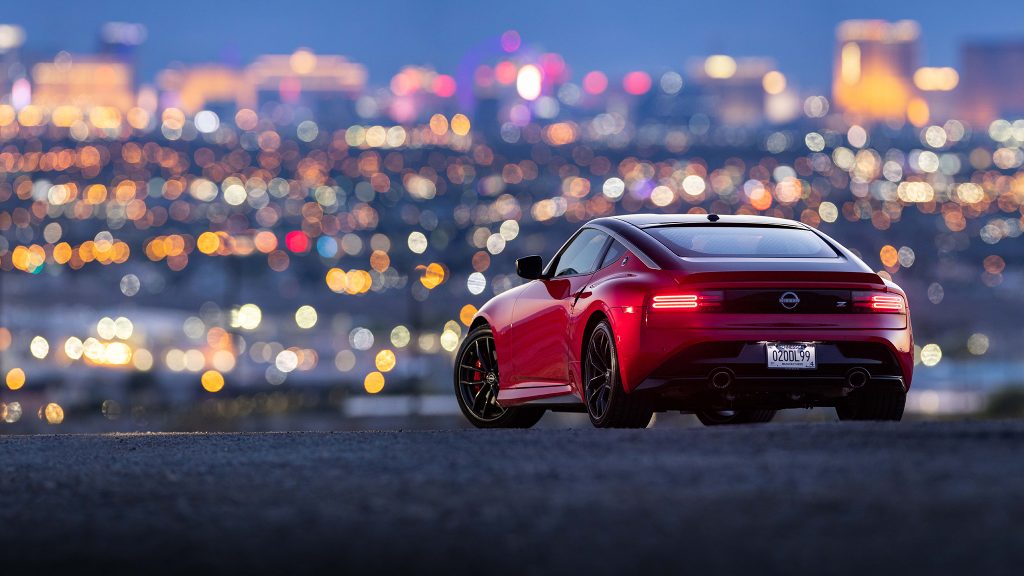
Some even describe manual cars as “analog pets”—quirky, sometimes frustrating, but full of personality. Every shifter has its own feel. Every clutch has its own bite. You learn its language. You earn its trust. That emotional narrative resonates deeply with a generation that values authenticity and experience over convenience.
Driving as Self-Expression, Not Just Transport
For Gen Z, cars aren’t just transport—they’re identity tools. A manual transmission amplifies that identity. It says, “I’m not afraid of difficulty.” It says, “I engage with the world physically.” It says, “I drive because I love it.”
That self-expression extends to customization. Manual drivers are often more likely to tinker, mod, or personalize their cars. Whether it’s a short-throw shifter, weighted knob, or clutch pedal upgrade, these tactile changes enhance the very thing that makes manual special: interaction.
This mechanical expression stands in contrast to modern cars packed with driver assists, screen-based dashboards, and sound-synthesized experiences. While techy interiors feel sterile to some, the raw sensation of a manual car speaks to Gen Z’s hunger for grounding in a hyper-connected world.
Brands Are Taking Notice—But Supply Lags Demand
Automakers have slowly started paying attention. In the U.S., the manual take rate among younger buyers is rising. Toyota added a manual option for the GR Supra. Honda has kept the Civic Si and Type R stick-only. BMW continues to offer manuals on its M2, M3, and M4 lines. And niche brands like Mazda, Subaru, and Mini report strong manual loyalty.
But supply still lags behind interest. Many new manual models are in limited production, while used ones are climbing in value. A well-maintained stick-shift Miata or GTI can fetch premiums that once seemed unthinkable.
The scarcity fuels the cool factor. When you drive stick, especially as a younger person, it signals that you’ve gone out of your way to participate in something rare and meaningful. You didn’t choose the easiest route—you chose the most connected one.
The Education Gap: Barriers and Opportunities
The biggest hurdle isn’t desire—it’s access. Most Gen Z drivers didn’t grow up with manual parents. Fewer driving schools offer stick shift instruction. And many cities lack the space or terrain to learn comfortably.
That’s where the internet steps in. Video tutorials, gear diagrams, and Reddit threads serve as substitute teachers. Friends teach friends in abandoned parking lots. Some enthusiasts even offer “manual mentoring,” inviting others to learn using their own cars.
What could have been a knowledge bottleneck has turned into an opportunity for mentorship and bonding. The very difficulty of learning becomes part of the appeal. It turns a car into a classroom and a memory into a milestone.
Will the Manual Transmission Survive the EV Age?
This revival raises a pressing question: can manual transmissions survive the transition to electric? EVs don’t use traditional multi-gear transmissions, which means the stick shift could become obsolete not just in production, but in relevance.
Still, some companies are experimenting with simulated manual experiences in EVs—complete with clutch feel and gearshift logic. Whether these gimmicks succeed remains to be seen. What’s certain is that the core appeal of manuals—connection, effort, joy—won’t vanish. It may just migrate to different forms of analog pleasure.
For now, the stick shift lives. And it’s in good hands—not just those of grizzled racers or nostalgic boomers, but in the eager, curious grip of Gen Z drivers who chose the long road, the clutch pedal, and the impossible-to-replicate thrill of doing it yourself.


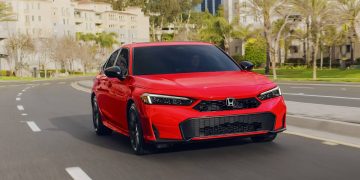
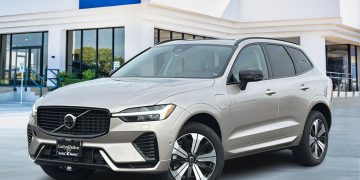
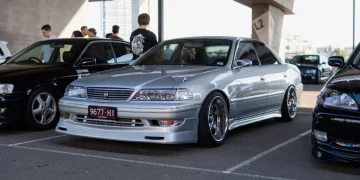

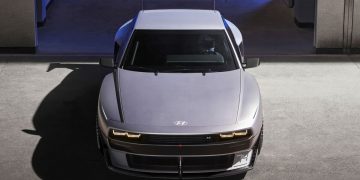
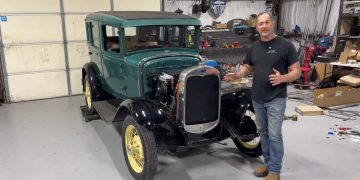

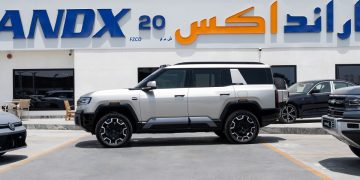

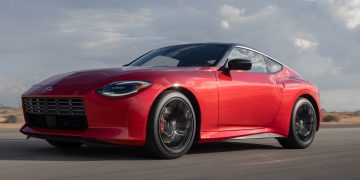


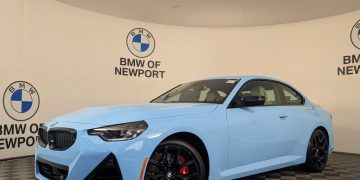



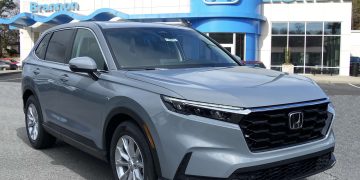

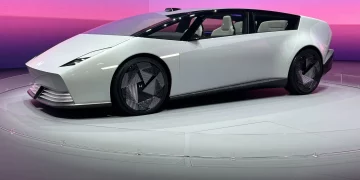
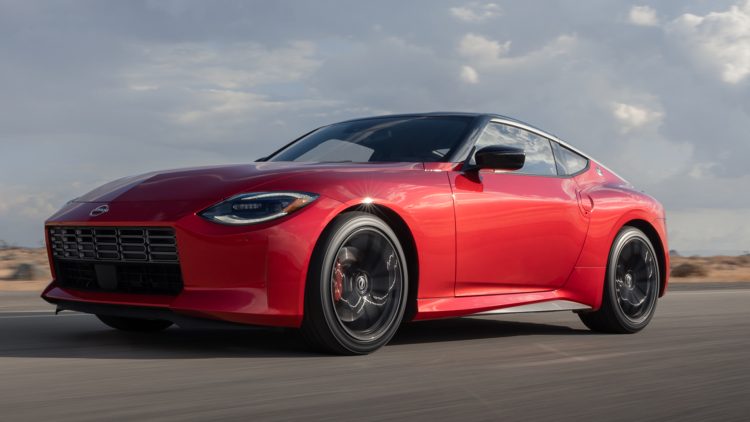












Discussion about this post